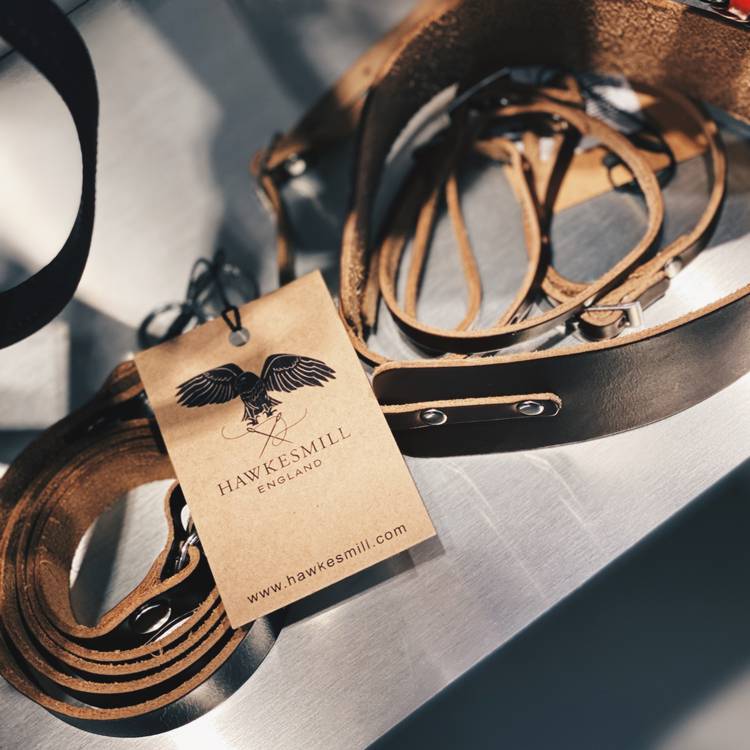Camera Straps, News
New Stockist: Leica Store Mayfair, London
Anyone who has followed our brand for any amount of time, will no doubt know that we have a love affair with Leica. Primarily their film cameras. There is, quite simply, no other camera in the world that performs as perfectly as a Leica film camera. We’ve been using a Leica M3 from 1954 nearly every week for several years, without fault. Our Leica MP (Mechanical Perfection) is equally as reliable.

And the Leica M7, which we use as much as we possibly can, is quite simply, breathtaking. And it has not given us one bit of trouble over the years. Despite what detractors may say about it, the M7 is a marvel of engineering. Yes, it is not fully mechanical. Yes, it does need battery power, unless you use it at 1/125th and 1/250th, but you need a battery to meter on all Leica cameras with a built-in meter anyway.
Trust us, once you use a Leica M7, nothing feels, or sounds as good. And just think about it, the Leica M7 is only a couple of millimeters taller than the Leica M6 TTL, yet it has an aperture priority setting, TTL metering and a fully electronic shutter, which is arguably more accurate than its mechanical cousins. Imagine what the Leica design team had to do in order to keep the camera almost the identical size as its predecessor, while implementing these new features.

Anyway, sorry, this is not a Leica M7 post. Let’s get back to it…
We’ve worked with Leica before in developing products and we admire their history, longevity and brand positioning, as the finest cameras ever made.

The next time you’re in London stop by the Leica store in Mayfair and have a look at our wares. However, be warned, there are so many beautiful things in there, that you may come out of the store with a lot less money. Although, you’ll have a very big smile on your face, for a very long time!

